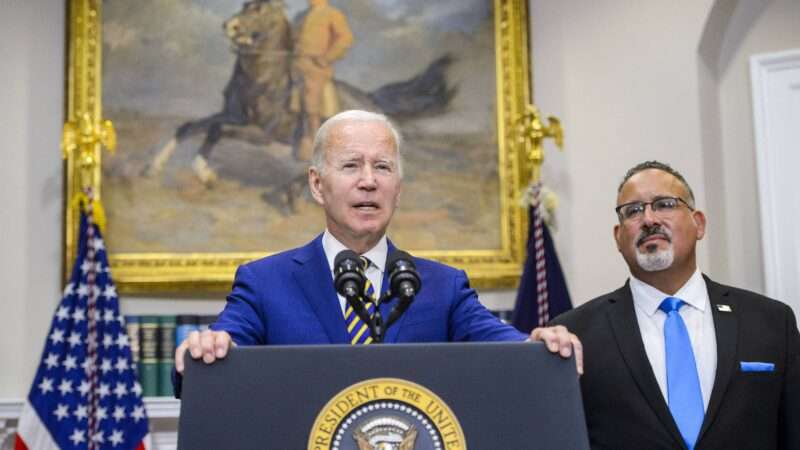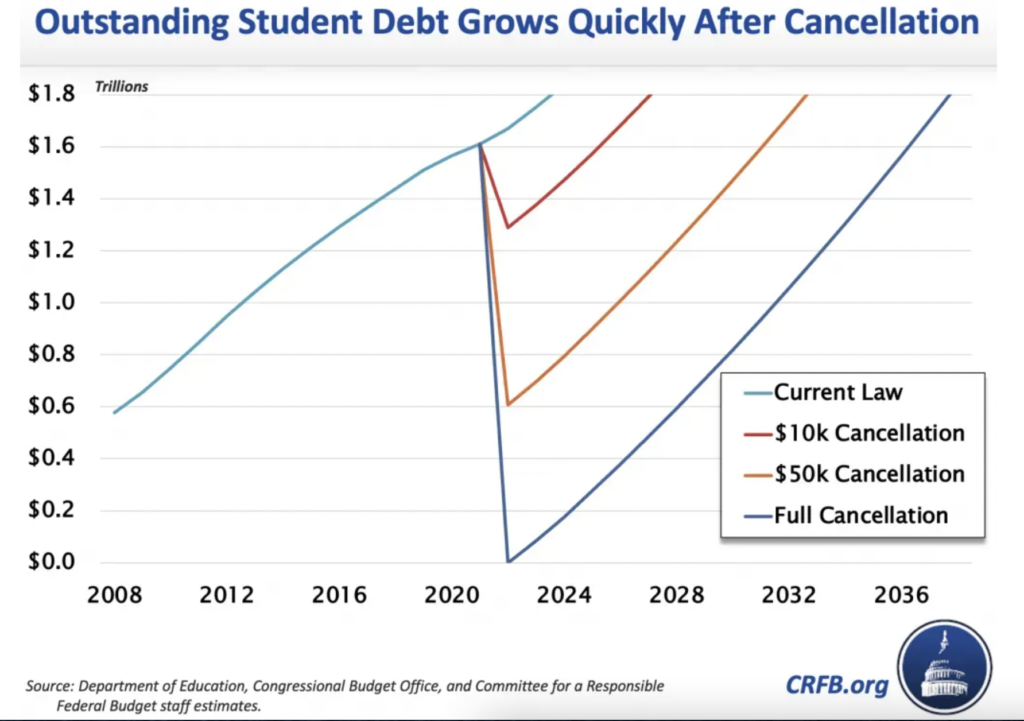In Iancu v. Brunetti, the Patent & Trademark Office refused to register the trademark FUCT, because federal trademark law prohibited registration of “immoral[] or scandalous” marks; unconstitutionally viewpoint-discriminatory, in violation of the First Amendment, held the Supreme Court. But Monday, Erik Brunetti was denied registration of the trademark FUCK (“for [c]arrying cases for cell phones; carrying cases specially adapted for pocket calculators, laptops and cellphones; cases adapted for mobile phones; cases for spectacles and sunglasses; cell phone cases; spectacles and sunglasses”), for a different reason—the word will
fail to function as a trademark [because] it is a common term or phrase that consumers of the goods or services identified in the application are accustomed to seeing used by various sources to convey ordinary, familiar, or generally understood concepts or sentiments…. Such widely used messages will be understood as merely conveying the ordinary concept or sentiment normally associated with them, rather than serving any source-indicating function. See, e.g., D.C. One Wholesaler, 120 USPQ2d at 1716 (sustaining opposition to registration of I
DC for clothing because it “has been widely used, over a long period of time and by a large number of merchandisers as an expression of enthusiasm, affection or affiliation with respect to the city of Washington, D.C.” and thus would not be perceived as a source-indicator); In re Volvo Cars of N. Am., Inc., 46 USPQ2d at 1460-61 (affirming refusal to register DRIVE SAFELY for automobiles because it would be perceived as an everyday, commonplace safety admonition).
The PTO decision canvasses a great deal of evidence (including many illustrations), and concludes:
A. Ubiquity of FUCK
The evidence in this case shows that the word FUCK is no ordinary word, but rather one that has acquired a multitude of recognized meanings since its first recorded use, and whose popularity has soared over the years, particularly in recent times, transforming what was once a taboo word to be spoken in hushed tones to one that is trendy and cosmopolitan….
FUCK is a message that is commonly used on the types of goods as to which Applicant wants exclusive rights to the term. As one author noted, “its ubiquity is an argument for its use—because it’s naturally part of our everyday speech.” It is a term that, as retailer Spencers (one of the many retailers that sells FUCK merchandise) puts it, is “the perfect way to signal how you really feel.”
Applicant suggests that he intends to use FUCK similarly to critique capitalism, government, religion and pop culture. Applicant thus concedes that he intends to use FUCK as the word is commonly understood, to convey the sentiment he hopes prospective consumers of his goods and services will take away from its display. However, conveying sentiments of anger, annoyance, disgust, and humor (all meanings conveyed by the term FUCK) towards capitalism, government, religion, and pop culture, are hardly novel. “Familiar every day expressions used to convey social [or] political … concepts are more likely to be perceived as imparting information [and thus as not being registrable as trademarks -EV] than signifying source.” …
The function of a trademark is to identify a single source and to distinguish that seller’s goods from others, and the Trademark Act does not allow registration unless a proposed mark serves this function. The record before us establishes that the word
FUCK expresses well-recognized familiar sentiments and the relevant consumers are accustomed to seeing it in widespread use, by many different sources, on the kind of goods identified in the FUCK Applications. Consequently, we find that it does not
create the commercial impression of a source indicator, and does not function as a trademark to distinguish Applicant’s goods and services in commerce and indicate their source. Team Jesus, 2020 USPQ2d 11489, at *18-19. Consequently, Applicant cannot appropriate the term exclusively to itself, denying others the ability to use it freely. “‘[I]t is the type of expression that should remain free for all to use.'”
The Trademark Trial & Appeal Board had reached a similar result as to NIGGA. Thanks to Charles Glasser (at InstaPundit) for the pointer.
The post "Fuck" Belongs to Us All; or the "Ubiquity of FUCK" Doctrine appeared first on Reason.com.
from Latest https://ift.tt/sIq1cjL
via IFTTT









